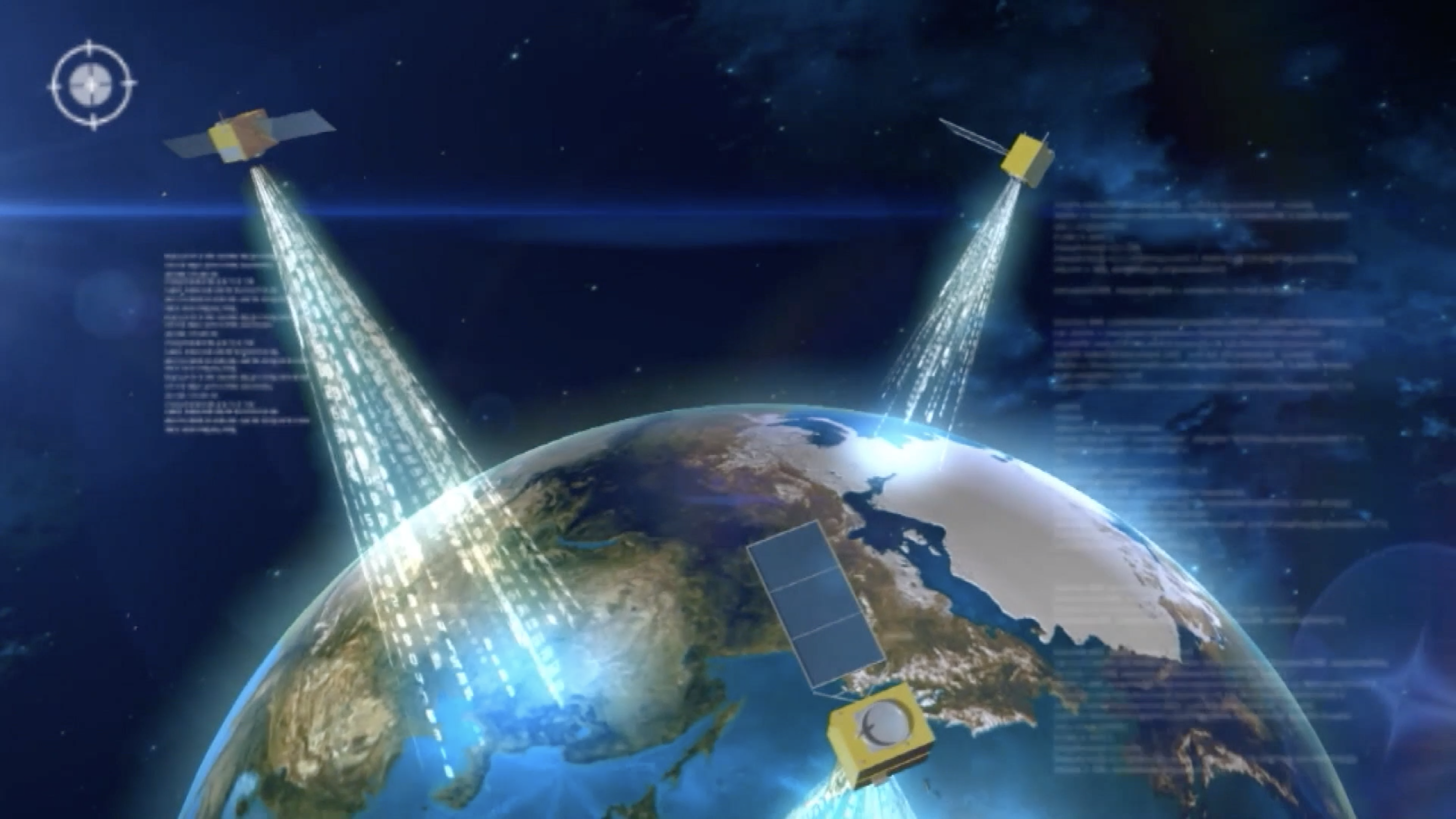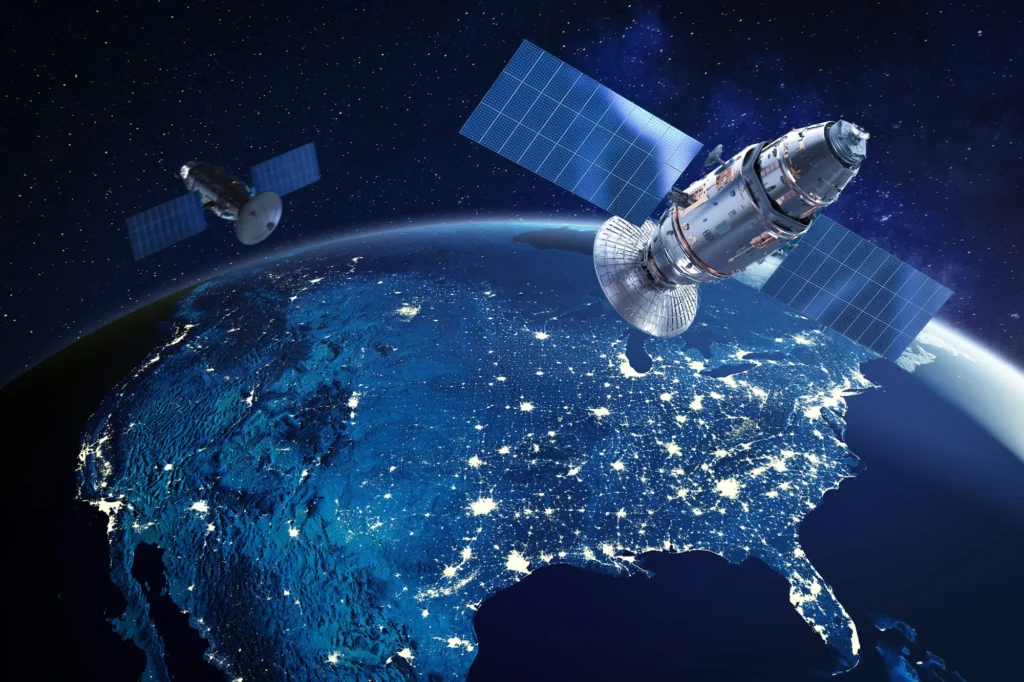China launches new Gaofen-11 high resolution spy satellite
Andrew Jones July 19, 2024
HELSINKI — China added a fifth Gaofen-11 high resolution satellite to its CHEOS constellation with a launch late Thursday.
A Long March 4B rocket lifted off at 11:03 p.m. Eastern July 18 (0303 UTC, July 19) from Taiyuan Satellite Launch Center, north China. The launcher carried the Gaofen-11 (05) high resolution optical earth observation satellite. The China Aerospace Science and Technology Corporation (CASC) declared launch success shortly after in a statement.
Airspace closure notices preceded and notified of the planned launch. The payload was only revealed after launch success was declared.
The satellite adds to China’s high resolution Earth observation capabilities.
- CASC states the satellite will be used for purposes for land survey, urban planning, land rights confirmation, road network design, crop yield estimation, and disaster prevention and mitigation.
Previous Gaofen-11 missions and comments provide clues as to the nature and capabilities of the satellite. The four previous Gaofen-11 satellites launched on Long March 4B rockets. The satellites are in near-polar, roughly 500-kilometer-altitude orbits.
- State television showed an apparent render of the first Gaofen-11 launched in 2018.
- The mission control screen depicted the satellite attached to the Long March 4B upper stage in orbit. It suggests the Gaofen-11 series have large (1.5-meter-diameter-plus) apertures for optical remote sensing.
Gaofen satellites form the civilian China High-resolution Earth Observation System (CHEOS). Optical, multispectral, hyperspectral and synthetic aperture radar satellites make up CHEOS.
Detailed information regarding resolution and capabilities has been published for Gaofen series satellites numbered 1-7.
- However information for Gaofen satellites numbered 8 and above has not been openly released.
- This suggests the satellites are at least partially for military customers.
The launch was China’s 33rd orbital mission of 2024.
CASC stated early in the year that the country was aiming to launch around 100 times.
This includes around 70 launches by CASC—China’s state-owned main space contractor—and 30 from commercial providers.
Major launches include the successfully completed Chang’e-6 lunar far side sample return mission.
Major launches include the successfully completed Chang’e-6 lunar far side sample return mission.
Tiangong space station cargo and crew missions will follow in the coming months.
CASC is currently preparing for the first launch of the Long March 12.
- The planned first orbital launch of the Tianlong-3 rocket from commercial outfit Space Pioneer appears in serious doubt following an unintentional and catastrophic launch of its first stage during a planned static-fire test late June.
- The aftermath may see the rocket delayed into 2025.
CASC is currently preparing for the first launch of the Long March 12.
- The rocket will be capable of sending up to 12,00 kilograms to low Earth orbit or 6,000 kg to sun-synchronous orbit.










No comments:
Post a Comment